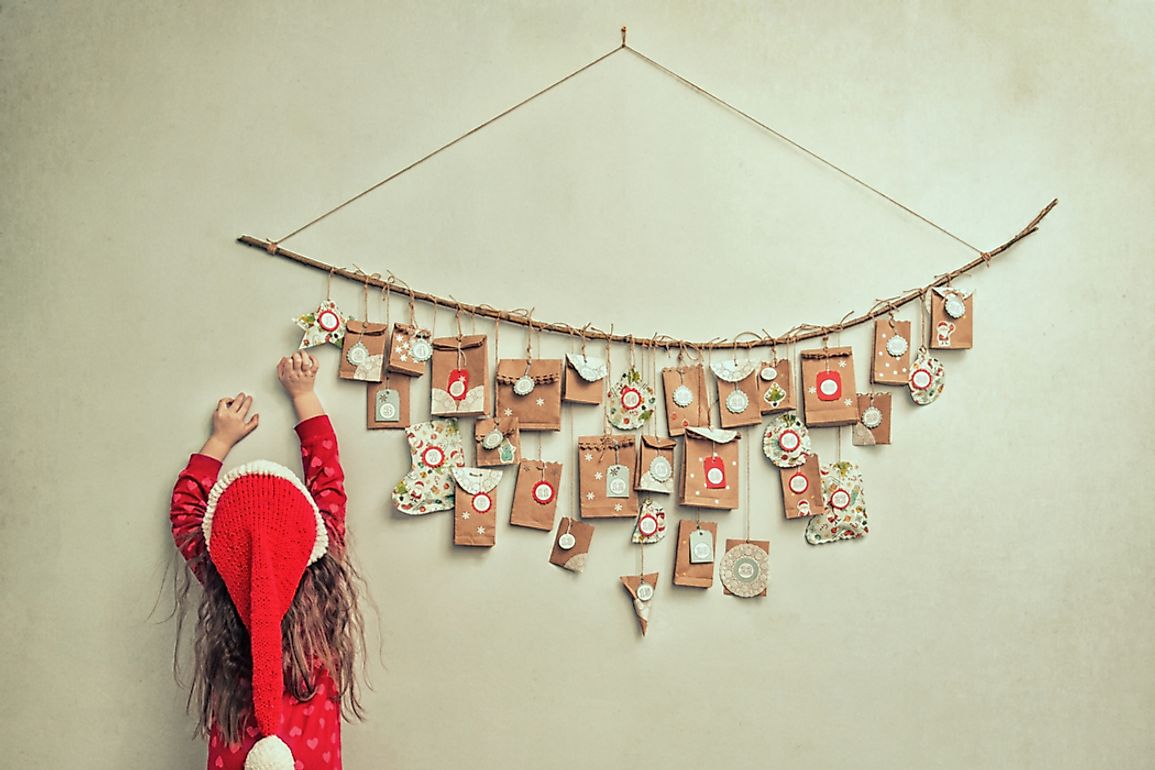What is Weihnachten?

Weihnachten is a German word for what is commonly known as Christmas Eve in English speaking countries. Weihnachten is the term used in German-speaking countries like Germany, Switzerland, and Austria. All the preparations leading to Christmas are referred to as Weihnachten but the main day, the 25th of December, bears the heaviest weight. Weihnachten traditions are practiced in preparation for Christmas. These traditions have influenced Christmas and advent culture all over the world. Weihnachten is a season of celebration and spending time with family and friends.
Preparations for Weihnachten
Many families in the world celebrate Advent in their preparations for Christmas. It is the time they anticipate the religious celebrations that mark the birth of Christ. The traditional activities during advent celebrations include Adventskranz, also known as Advent Wreath. It is marked on the fourth Sunday before Christmas. Families usually sing Christmas carols around the wreath as they usher in the Christmas seasons. Children follow the proceedings of the advent calendar which comprises of twenty-four doors. Children open a door every day from December 1st up to the eve of Christmas. On opening the door, children find chocolates and other small prizes awaiting them.
Saint Nicholas is commemorated on December 6. On the eve of Nikolaustag, which is on December 5, children in Germany usually leave their shoes on doorsteps and street doors. The shoes are filled overnight with sweets and other small goodies for the kids. The shoes are filled with the goodies by a figure that is equivalent to Santa Claus in the United States. Weihnachtsbaum, also known as the Christmas tree, is usually erected in the afternoon, on December 24. The trees may be bought or trees from the forest are also improvised. On the eve of Christmas, many families in Germany prepare a simple meal before or after the session of gift exchange, known as bescherung. The most common and preferred meal on the eve of Christmas usually comprises of potato salad, fish, and fondue.
Order of Events on Weihnachten
Many people begin their celebrations of Christmas during the afternoon or the evening of December 24th. Most stores in German-speaking countries are usually open up to midday or up to 4 pm before the celebrations begin. The faithful go to church to mark their celebrations where mass and church services are conducted. The church services are usually scheduled to take one hour. Children’s service is usually shorter and dramatized with plays, which are referred to as Hippenstiel. After the church service, the families hold a gift-giving ceremony. The children wait until a bell rings for them to access their gifts which are usually wrapped in colorful gift papers and then put under the Christmas tree. As the children open their gifts, the adults can share presents amongst themselves. The most common meal prepared on Christmas Day comprises of roasted duck and fish.
After Weihnachten
December 26 is also considered part of Weihnachten, but it is often characterized by a serene and very silent ambiance. Most people spend their days indoors. On the second week of January, the Christmas trees are usually disposed of. The natural trees are left outside for proper disposal by the household collectors. The artificial trees are packed and kept safe for the next Weihnachten.











